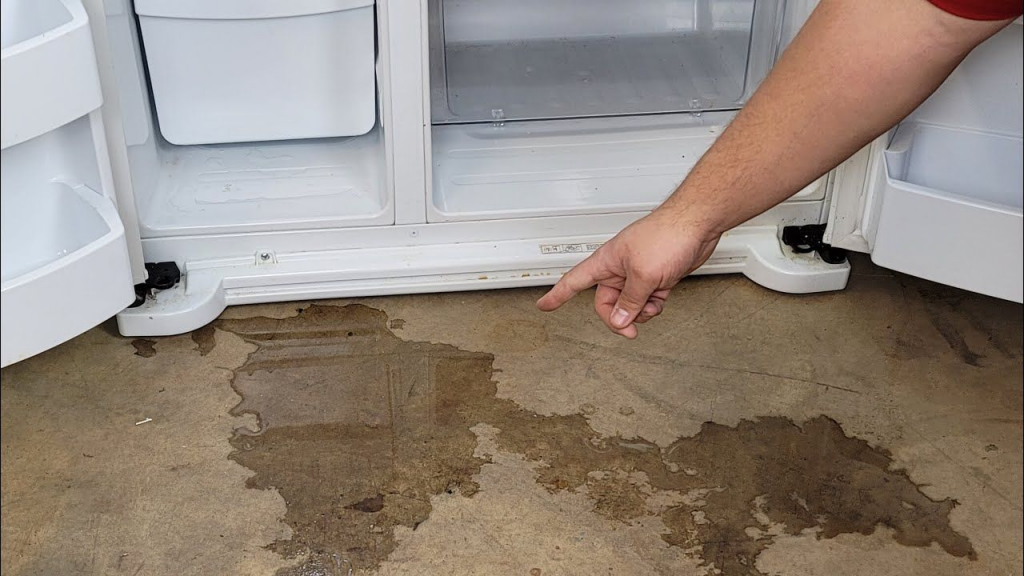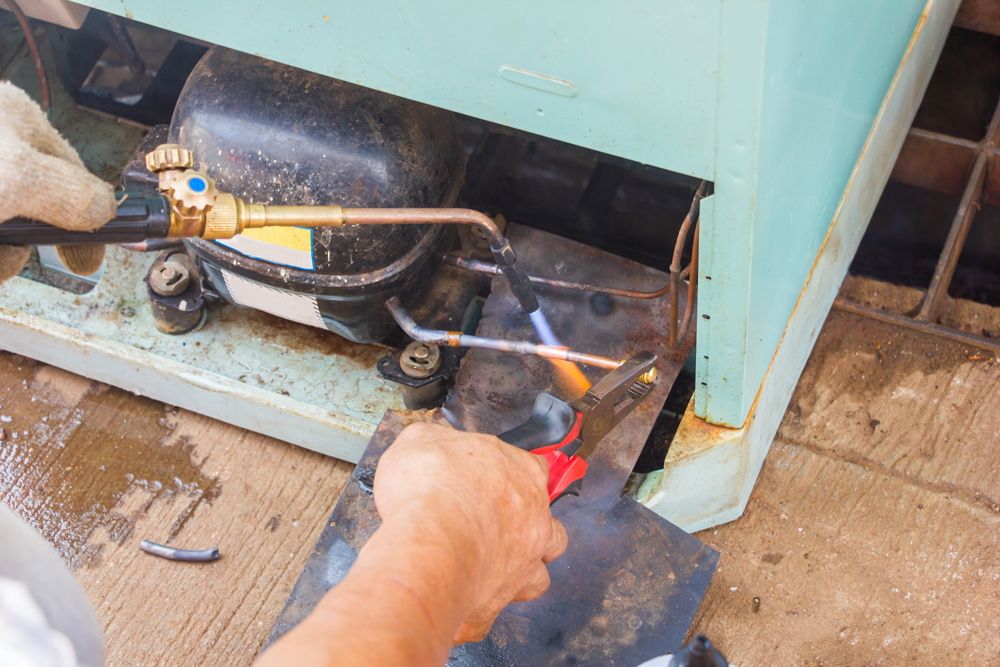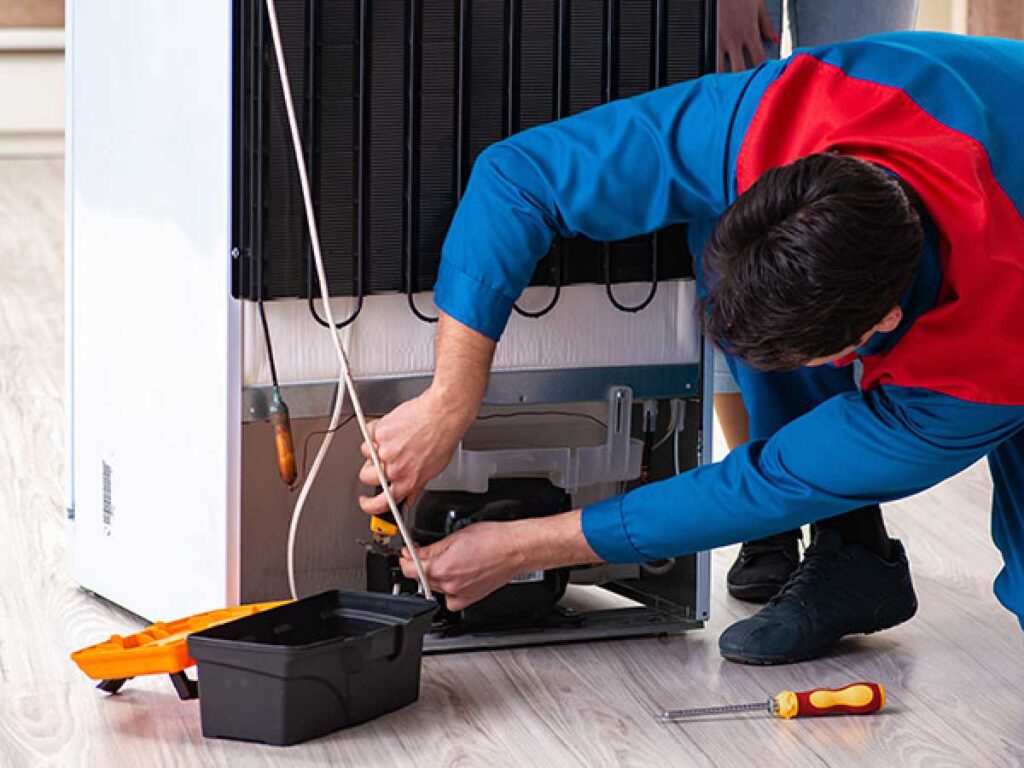When your refrigerator starts acting up, your first thought might be to panic—or call in a repair technician. But not every problem requires professional help. Many common fridge issues can be diagnosed and fixed with a little DIY know-how. Still, there are limits to what a home fix-it approach can achieve. This guide breaks down which refrigerator problems you can tackle yourself and which ones are better left to the experts.
Understanding the Basics of Refrigerator Function
Before diving into repairs, it’s important to understand how a refrigerator works. At its core, your fridge operates on a simple cooling cycle involving a compressor, condenser coils, evaporator coils, and a refrigerant. When any of these components malfunction, cooling efficiency drops—or stops altogether.
What You Can Fix Yourself

Fridge Not Cooling Properly
If your refrigerator isn’t as cold as it should be, start with these checks:
Dirty Condenser Coils
Dust and grime on condenser coils can restrict airflow, causing the unit to overheat and underperform. Cleaning the coils (usually located behind or beneath the fridge) with a vacuum or coil brush is a simple task that can restore efficiency.
Faulty Door Seals
Worn-out or cracked gaskets let cold air escape. Replacing a gasket is inexpensive and only requires a screwdriver and a bit of patience.
Blocked Vents
Inside the fridge, air vents must remain unobstructed to ensure even cooling. Rearranging food items often solves the problem.
Strange Noises
Unusual sounds can come from fans, motors, or loose parts:
Vibrations and Rattles
Check for loose drip pans or items touching the fridge walls. Tightening or repositioning parts can eliminate odd sounds.
Buzzing
This might signal an ice maker trying to fill without water. Turning off the ice maker if you’re not using it often solves the issue.
Ice Maker Not Working
Ice makers can stop working due to minor issues like:
- Frozen water lines: Defrosting the line can restore function.
- Clogged filters: Replace the water filter every six months.
What You Shouldn’t Attempt

Compressor or Sealed System Issues
When the problem involves the sealed system—such as a faulty compressor or refrigerant leak—DIY is off the table. These parts require special tools, certifications, and handling of potentially hazardous chemicals.
Electrical Malfunctions
If you suspect issues with wiring, circuit boards, or internal sensors, it’s best to call a licensed technician. Mistakes here can be dangerous and expensive.
Gas or Refrigerant Handling
Handling refrigerant is both illegal without certification and unsafe. Any repair that requires tapping into the sealed refrigerant system should be left to pros.
Safety Tips for DIY Repairs
- Always unplug the fridge before starting repairs.
- Wear gloves to protect against sharp edges or electrical components.
- Check your warranty—some DIY fixes can void it.
- Don’t force parts if they don’t budge; you might be tackling the wrong issue.
Conclusion: Know Your Limits
Tackling refrigerator issues on your own can save time and money, especially when it comes to basic maintenance and minor malfunctions. However, recognizing when a repair is out of your depth is just as important. When in doubt, it’s smarter (and safer) to leave complex issues to certified professionals.
Areas We Service


